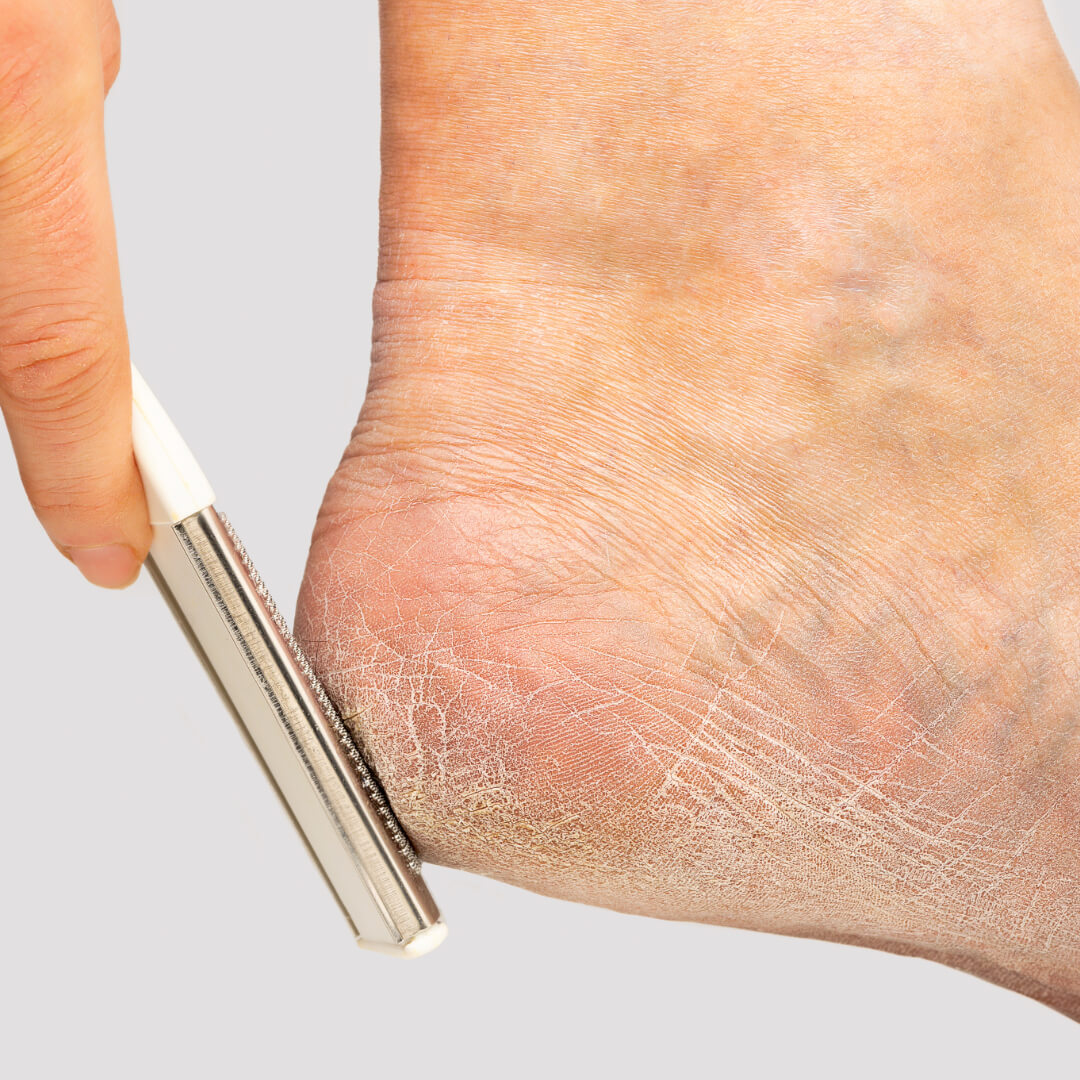Every year on the fourth Tuesday of March, the American Diabetes Association (ADA) issues a wake-up call that’s impossible to ignore—Diabetes Alert Day, falling this year on Tuesday, March 25, 2025. This day is more than a calendar marker; it’s a national spotlight on the gravity of diabetes and a collective call to action to understand, assess, and mitigate our risk of developing type 2 diabetes. But this year, the alert carries an even more urgent message—act now to prevent amputations.
As rising numbers of Americans are diagnosed with diabetes and many more remain unaware they’re at risk, one of the most devastating and preventable complications—amputation—is quietly claiming lives, independence, and quality of life at an alarming rate.
Let’s unpack the full significance of Diabetes Alert Day and why fighting diabetes-related amputations should be a top priority for patients, caregivers, and healthcare systems alike.
What Is Diabetes Alert Day?
Diabetes Alert Day is a national “wake-up call” created by the American Diabetes Association to emphasize the seriousness of type 2 diabetes and prompt individuals to assess their personal risk. It encourages people to take the free Diabetes Risk Test, which asks simple questions about weight, age, family history, and lifestyle factors. This information helps identify those who may be at risk for prediabetes or type 2 diabetes and offers personalized prevention tips.
Currently, more than 38.4 million Americans live with diabetes, including 8.7 million who don’t even know they have it. Alarmingly, 97.6 million U.S. adults have pre-diabetes—an early warning stage where blood sugar is elevated but not high enough for a diabetes diagnosis.
The ADA urges everyone—especially adults over 35 and those with a family history or who are overweight or physically inactive—to get tested, as early detection can prevent severe complications down the road.
Diabetes: A Silent Threat with Devastating Consequences
While diabetes may begin quietly, its long-term effects can be life-altering. Uncontrolled diabetes can lead to serious complications including heart disease, kidney failure, vision loss, nerve damage, and lower-limb amputations.
One of the most severe consequences is non-traumatic lower-limb amputation, which occurs when poor circulation and nerve damage from diabetes lead to infections or ulcers that don’t heal. These amputations are not only physically debilitating but are linked with a lower five-year survival rate than many forms of cancer.
Despite being preventable in many cases, amputations due to diabetes are increasing. More than 160,000 people with diabetes undergo amputation in the U.S. each year—and a staggering 80% of those amputations are preventable.
The Role of Equity in Diabetes Outcomes
Not everyone is at equal risk when it comes to diabetes-related amputations. The likelihood of losing a limb often correlates with race, income, and zip code. People of color and low-income individuals disproportionately experience worse outcomes due to unequal access to healthcare, preventative screenings, and education.
This is why initiatives like the Amputation Prevention Alliance are crucial. Their mission is to address these disparities and push for equitable access to limb-saving care and resources for all communities. Every diabetic patient, regardless of background, deserves the chance to preserve their health, mobility, and quality of life.
A Real-Life Wake-Up Call: LaVar Ball's Amputation Story
Earlier this year, the reality of diabetes-related amputations came to the forefront when LaVar Ball, father of NBA stars LaMelo and Lonzo Ball, confirmed that his right foot had been amputated. While Ball remained his characteristically upbeat self, joking in TikTok videos and expressing resilience, the news shocked fans and drew national attention to this often-overlooked health crisis.
While Ball has not publicly disclosed the exact cause of his amputation, the timing and context have fueled conversations around diabetes complications, particularly as he recovers and continues to support his family in the public eye.
LaVar Ball’s story is a powerful reminder that even the most high-profile individuals are not immune to the dangers of unchecked health conditions. And it serves as a call for others to take their risk seriously—before complications become irreversible.
Why Routine Care Saves Lives—and Limbs
For individuals living with diabetes—or even pre-diabetes—routine care is the first line of defense. One of the most effective tools in preventing amputations is the annual foot exam. These simple, non-invasive checks can identify early signs of nerve damage, poor circulation, or foot ulcers before they become serious.
Routine lab tests, eye screenings, and diabetes-specific checkups help detect issues early when they’re most treatable. For example, nerve damage (neuropathy) may cause patients to overlook small foot injuries that, if left untreated, could become infected and ultimately lead to amputation. A healthcare provider can catch these warning signs during a routine visit and take steps to prevent complications.
The ADA recommends that people with diabetes receive a comprehensive foot exam at least once a year, more often if they’ve had issues in the past. Additionally, regular A1C tests, kidney function labs, and eye exams are essential to monitor and manage the disease.
Simply put, these proactive steps can mean the difference between keeping or losing a limb.
Take Action on Diabetes Alert Day
This Diabetes Alert Day, don’t wait to learn your risk. Here are three simple steps you can take today to protect yourself or someone you love:
-
Take the Diabetes Risk Test – It’s quick, easy, and could be lifesaving. Take it here.
-
Schedule a doctor’s appointment – If you’re at risk or haven’t had a check-up in a while, make an appointment to get your blood sugar levels tested.
-
Talk to loved ones – Encourage friends, family members, and neighbors to understand their risk and prioritize their health.
And if you or someone you care about is already living with diabetes, foot care should be a routine priority. Ask your provider for a foot exam, monitor your feet for cuts or sores, and wear protective, well-fitting footwear.
Conclusion: It’s Time to Wake Up—and Take a Stand
Diabetes Alert Day isn’t just another health observance—it’s a call to consciousness and action. With more than one amputation every 3 minutes in the U.S. due to diabetes, we can no longer afford to look the other way.
Whether it’s LaVar Ball’s high-profile case or the thousands of everyday stories we never hear about, the message is clear: amputation is not inevitable—but awareness, education, and early medical attention are non-negotiable.
Let’s turn March 25 into more than a reminder. Let’s make it a turning point—where conversations spark change, where tests lead to treatment, and where limbs—and lives—are saved.
Take the test. Share the message. Stop diabetes—before it takes more than it has to.





